Cristina Scocchia has led illycaffè, the Italian premium coffee company, through two years of record growth. She speaks with LUX Leaders & Philanthropists Editor Samantha Welsh about strong leadership, ethical behaviours and custodianship of a quintessentially ‘Made in Italy’ brand that is also a B Corp and leader in sustainable practice
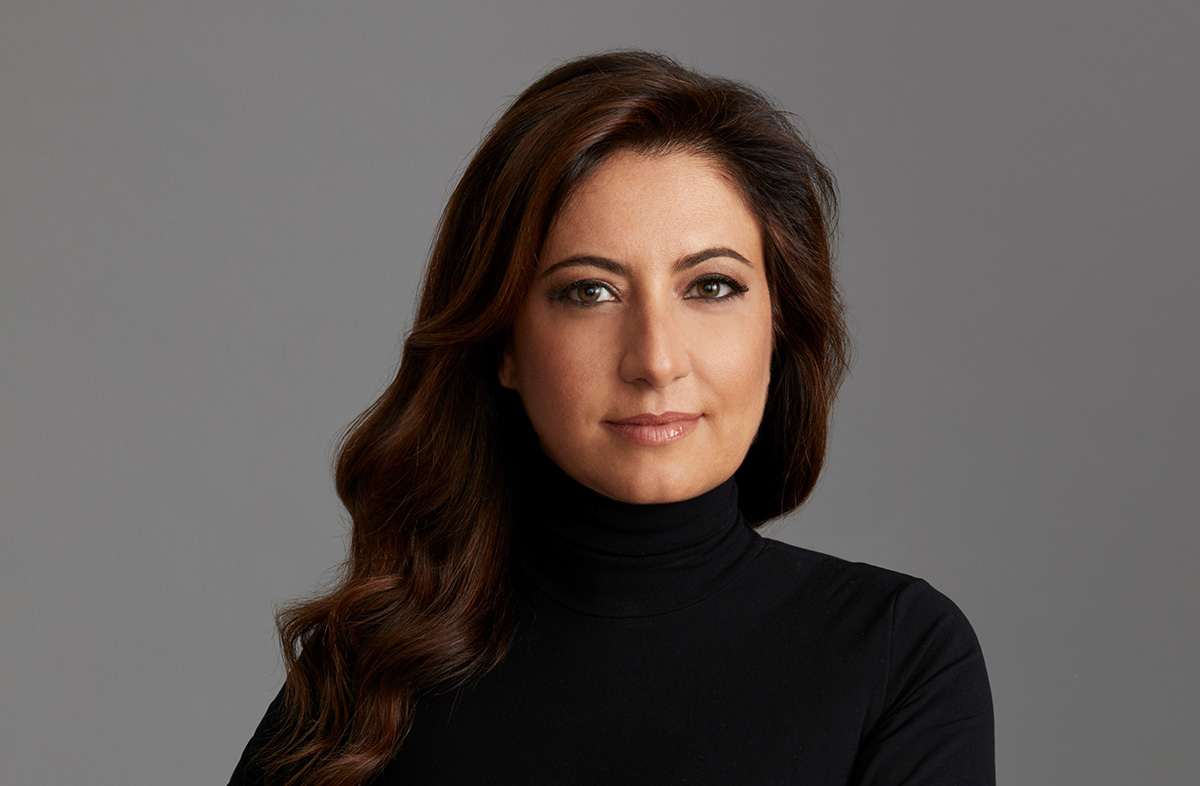
Cristina Scocchia CEO of illycaffè
LUX: What is your approach to leadership, what are your values?
Cristina Scocchia: In my opinion, good leadership is made of many components. Early on in your career, you need to focus on strategic thinking and work on an ability to make decisions, even the toughest ones without feeling the pressure. It is also important to stand up for the decisions you make, whether they are easy or tough.
As your career progresses emotional intelligence becomes more important as you begin managing different people. It is important to take care of your teams, to be emotionally intelligent, authentic and empathetic in order to engender trust and an effective team. As you start managing bigger teams, which could include different markets, it is important to have a political intelligence.
At the very top of the pyramid, I feel the most important element of leadership is moral consistency. This is important because as a leader, you need to set the tone, you need to integrate economic, financial, social, environmental and ethical value – all of which are integral to illycaffè. Leadership is not power; it is a responsibility.
Follow LUX on instagram: luxthemagazine
LUX: How do these values match illy’s pillars, the mission?
CS: One of the reasons why I decided to accept the role as CEO of illycaffè was because I had had the opportunity to get to know the company beforehand. I learned that sustainability for illy is not just a trend for them, even 30 years ago, illy was integrating sustainable initiatives.
For decades it has built value across all elements of the value chain starting from the growers in Brazil to the baristas in every city across the world. The brand has a true focus on ethical behaviours which is something illy and I have in common.
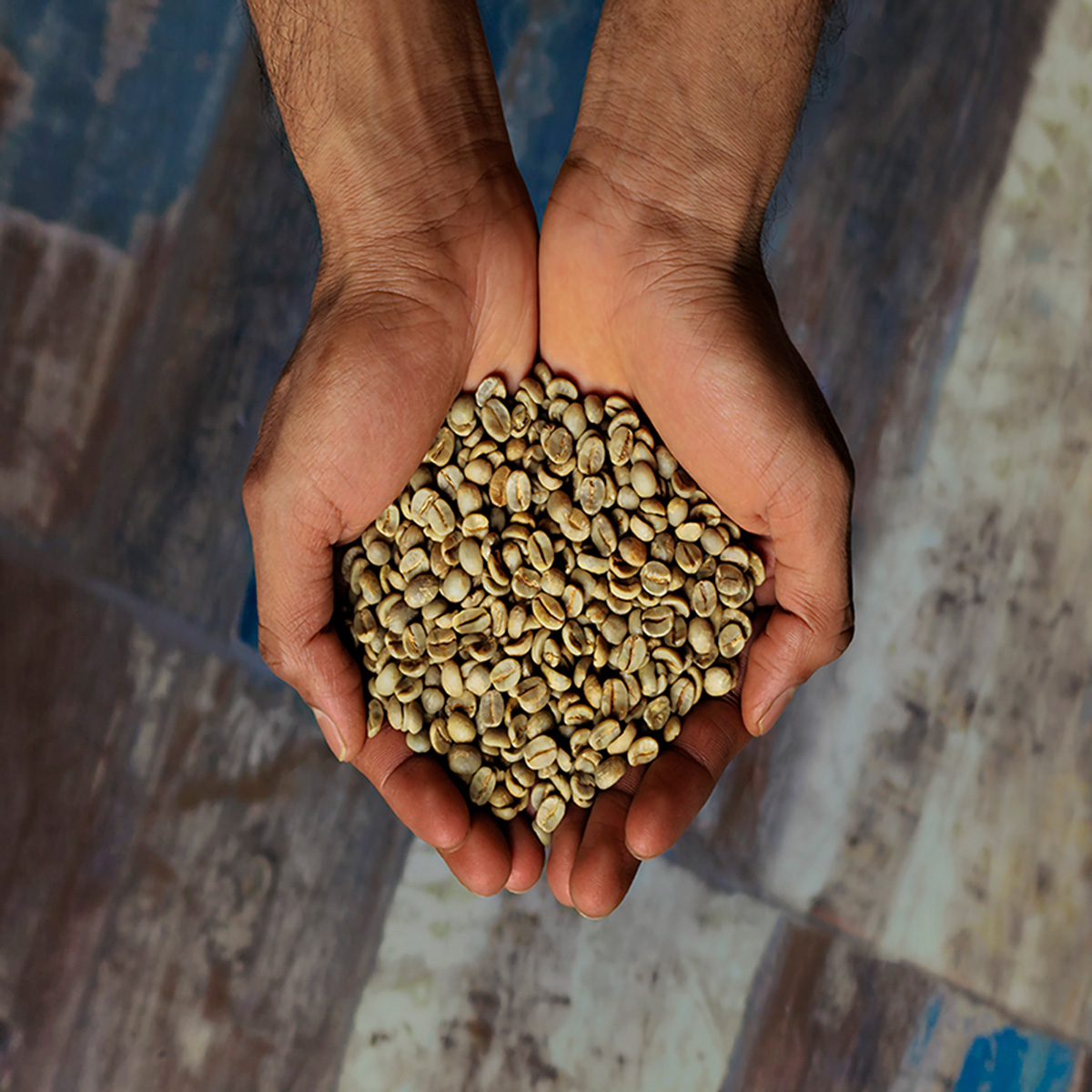
illy selects the finest Arabica coffee plants, grown sustainably by their farmers in over 30 countries around the world
LUX: illy is quintessentially Italian, do people have a nostalgia for the brand?
CS: Founded 91 years ago by Francesco illy and now under the wing of the 3rd generation of the family with Andrea Illy, illycaffè has long been a much-loved brand. We have been, since day one, an icon of the ‘Made in Italy’ concept. When we think about ‘Made in Italy’ products, we think about quality, innovation, creativity and an Italian style of life. As a company, we try to be ambassadors across the world for this Italian style of life and make people feel at home when they see an illy coffee shop.
Our objective is to offer a holistic experience for the consumer, we want to focus on the best quality and most sustainable products, as well as evoke emotion and creativity.
This is why 30 years ago we decided to create the illy Art Collection. This collection is now one of the largest contemporary art collections in the world. Utilising illy’s iconic Mattheo Thun designed espresso cup as a canvas, we have partnered with more than 127 contemporary artists including Ai Wei Wei and Jeff Koons.
A couple of years ago, we launched a new collaboration with Italian design company, Kartell, who primarily focus on sustainable furniture. We sourced a selection of materials which were at the end of their life including our illy coffee capsules which we then transformed into a chair, partnering with illustrious designers such as Philippe Stark.
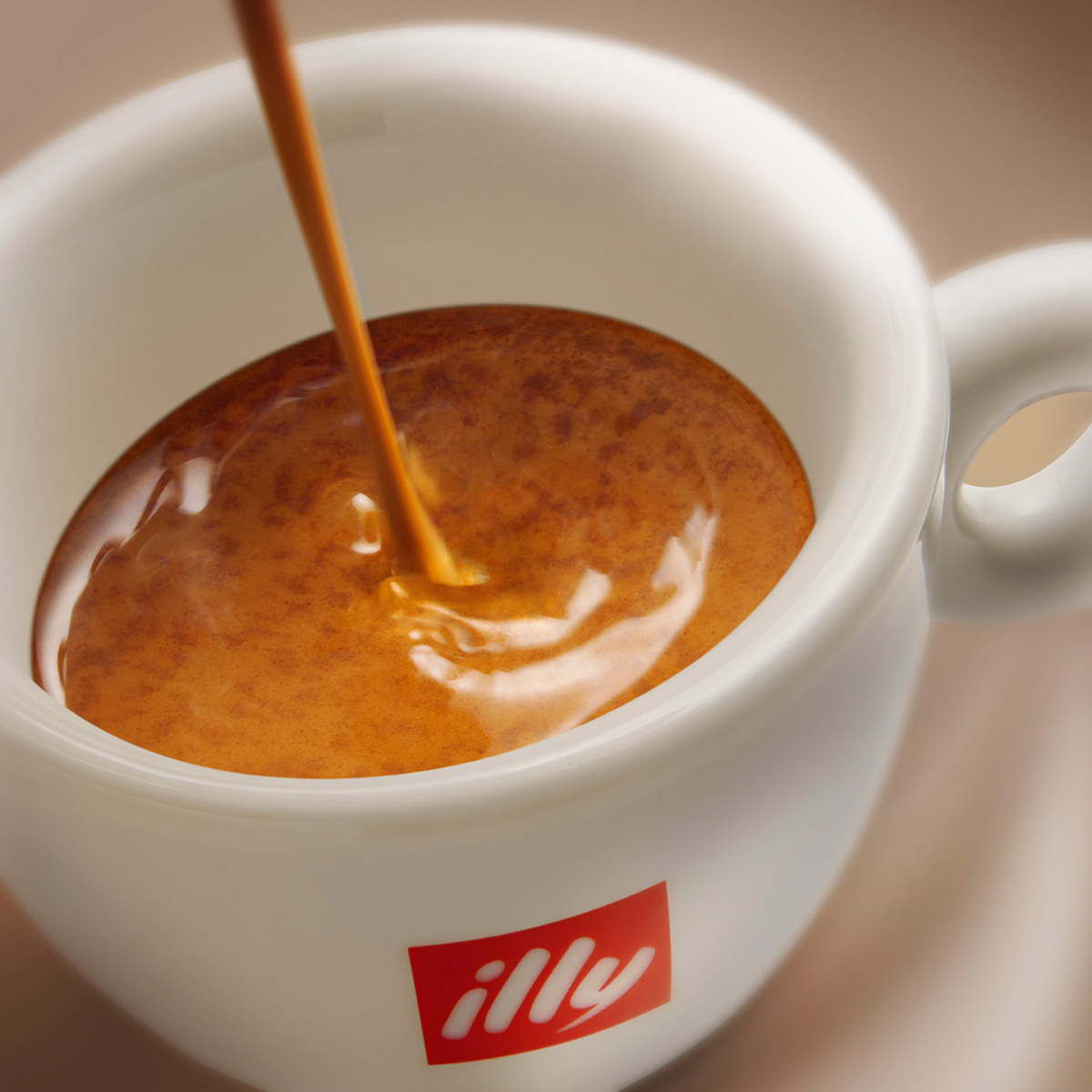
illy has perfected the process to obtain a coffee with a rich aromatic flavour and a one of a kind aroma
LUX: How has illy continued to lead in R&D and how does knowledge transfer impact the supply chain?
CS: We have several knowledge sharing programmes between illy and our growers. We are constantly working with them to produce the best quality and most sustainable coffee which has the least impact on the environment. With quality important to us, we select only 100% Arabica coffee beans, buying only the best 1%.
Through our University of Coffee, we support growers throughout the whole production process, working together on ways to use less fertiliser and pesticides and how to reduce the production of CO2. The University of Coffee also supports consumers and baristas internationally, educating them about the coffee world.
LUX: Can you tell us about illy’s early move into regenerative agriculture, also how this adds value?
CS: illy has long been committed to mitigating the effects of climate change and we work with the entire supply chain to promote the sustainability of regenerative agriculture. This model allows for proper nourishment of the plants, regeneration of the soil and reducing CO2 emissions, as well as improving the wider health of the ecosystem.
This year, we developed our first regenerative coffeemono-origin, the illy Arabica Selection Brazil Cerrado Mineiro, which we are very proud of. It is the first of its kind worldwide and is fully certified and regenerative, marking a shift from plant to soil. It is the first Italian coffee company to be certified BCorp.
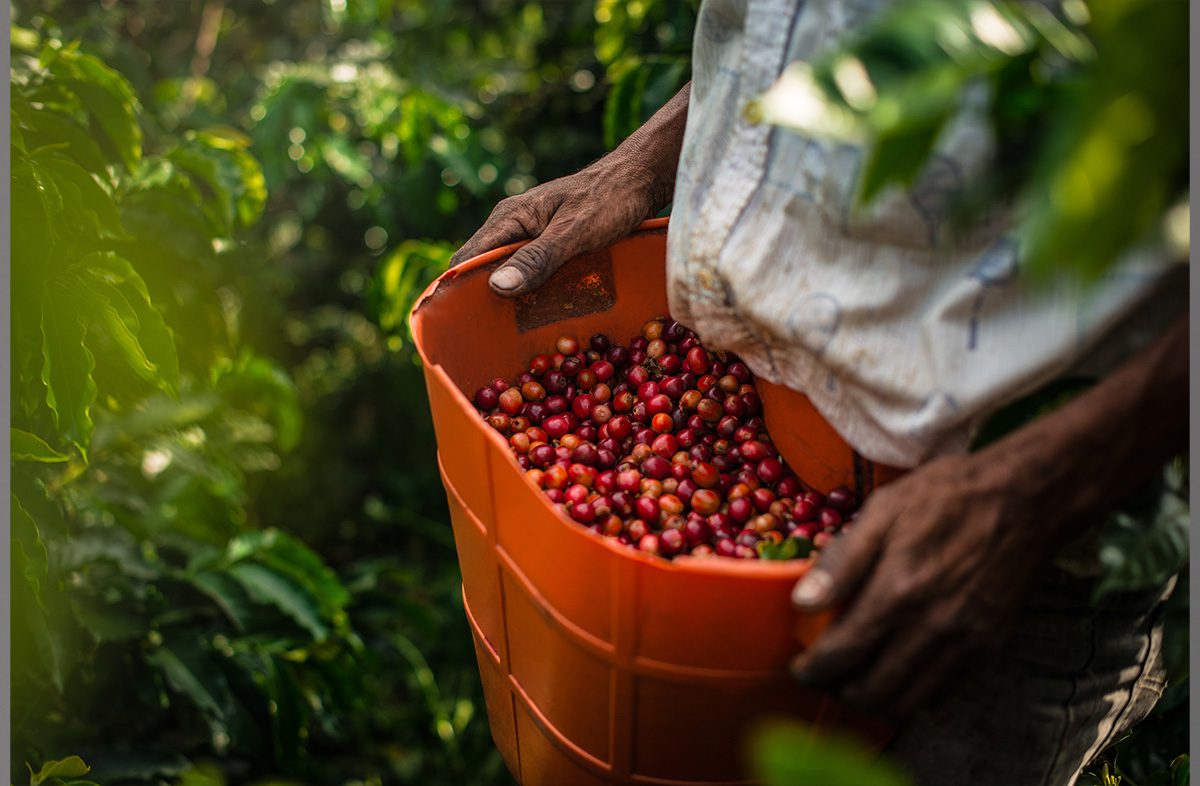
LUX: What is illy’s sustainability strategy going forward?
CS: A strategy of ours that we are currently working towards is quantifying CO2 emissions and understanding how much CO2 is produced by the growers when they cultivate our coffee When we obtain this information, we then share this throughout the institution and community in order for others to benefit from what we are learning. We are hugely committed to having the lowest impact possible on the environment. Our plan is to be carbon neutral by 2033 – to mark our centenary.
Read more: Marcus Ericksen on keeping our oceans healthy
LUX: Where do you see opportunities for illy to grow?
CS: Our objective is to become more of a global company. Within the next 5 years, we are looking to expand into the US as this market for us is the second biggest worldwide, following Italy. We are already very strong within the ecommerce space and highly profitable, however, we still have a desire to keep evolving.
We are also interested in exploring areas of white space, an example of which is China. These markets are traditionally more focused on tea than coffee, however, in recent years, coffee has become more and more integrated within markets and we see this as significant growth opportunity.

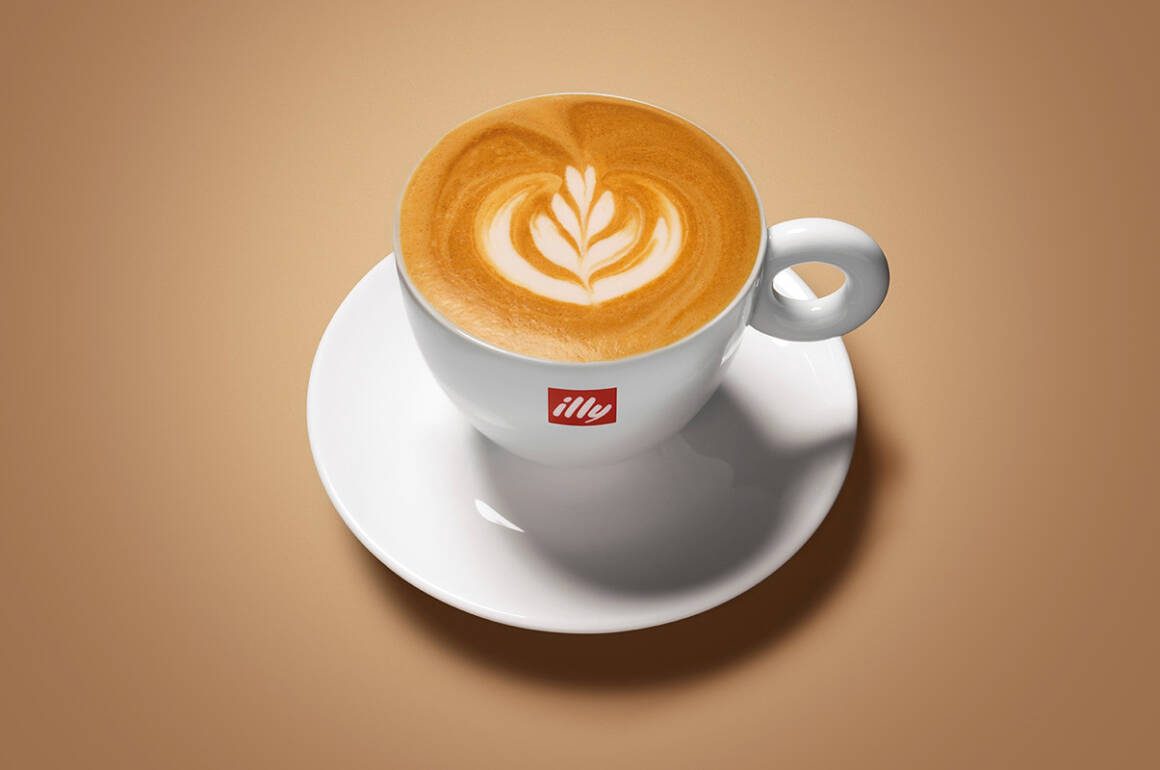
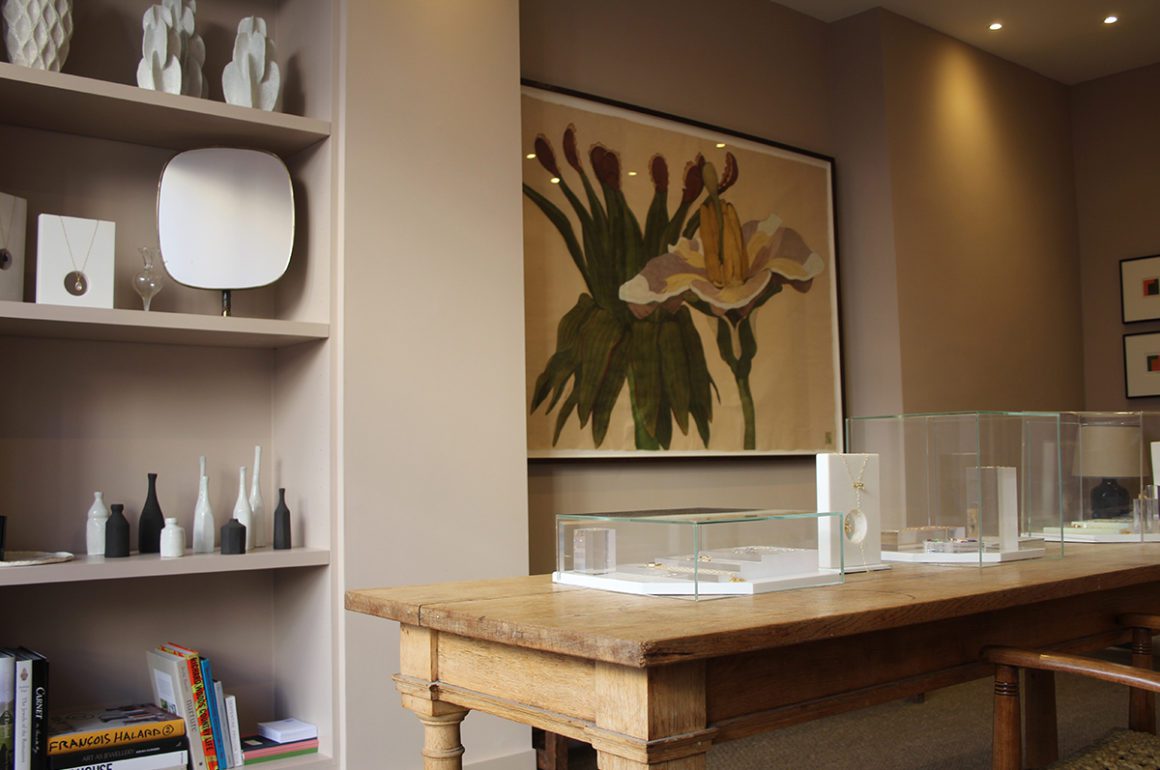
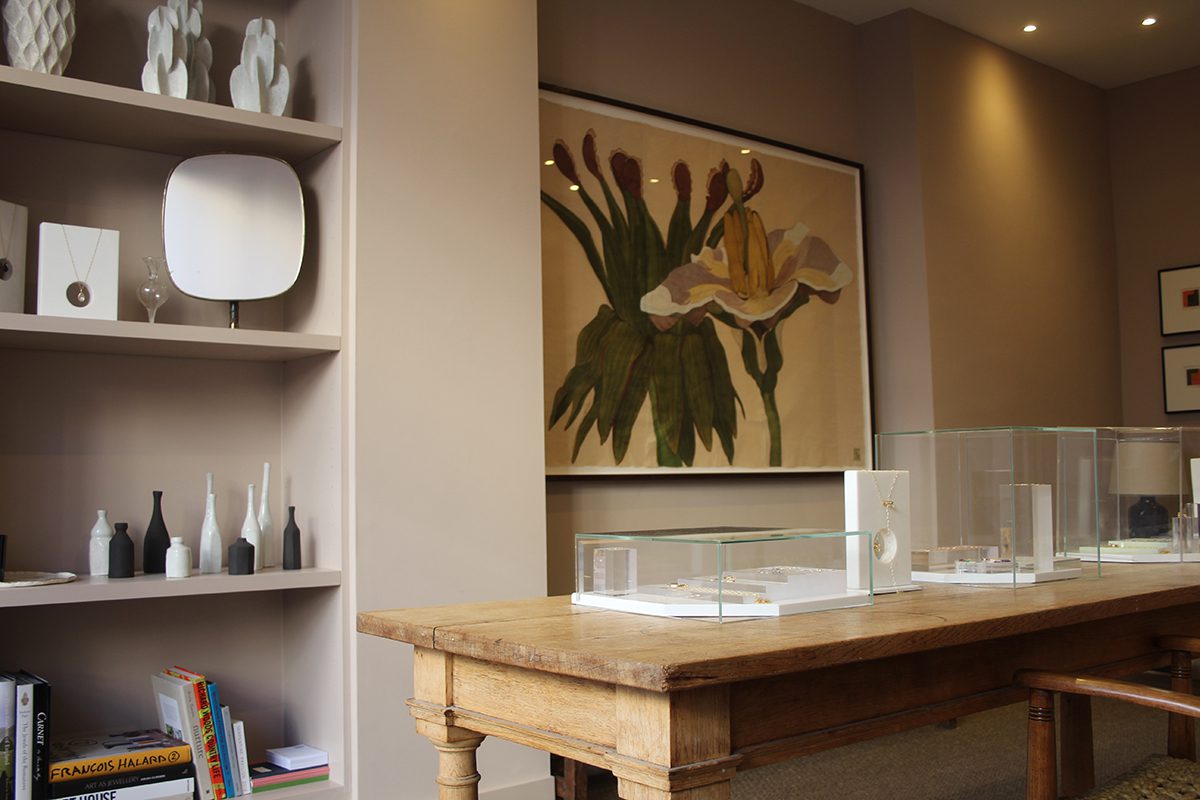
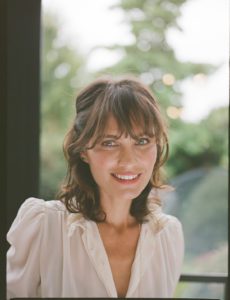
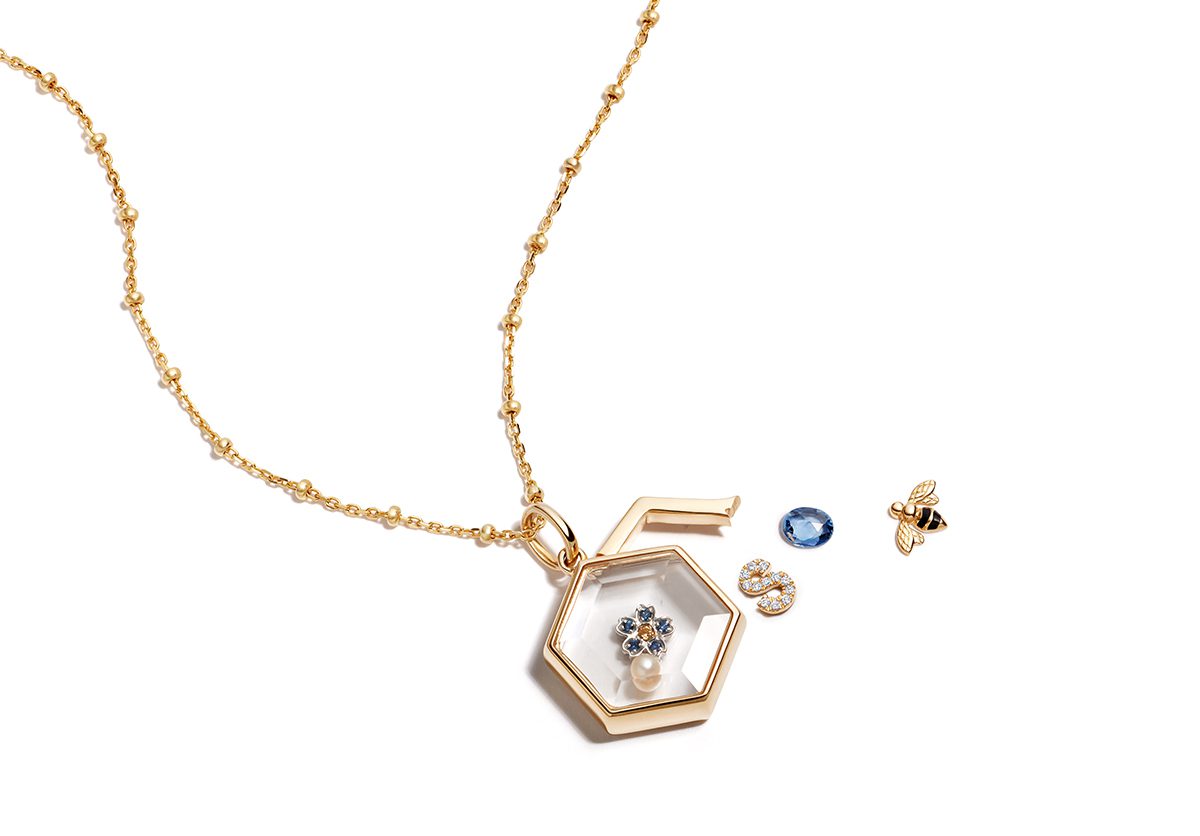
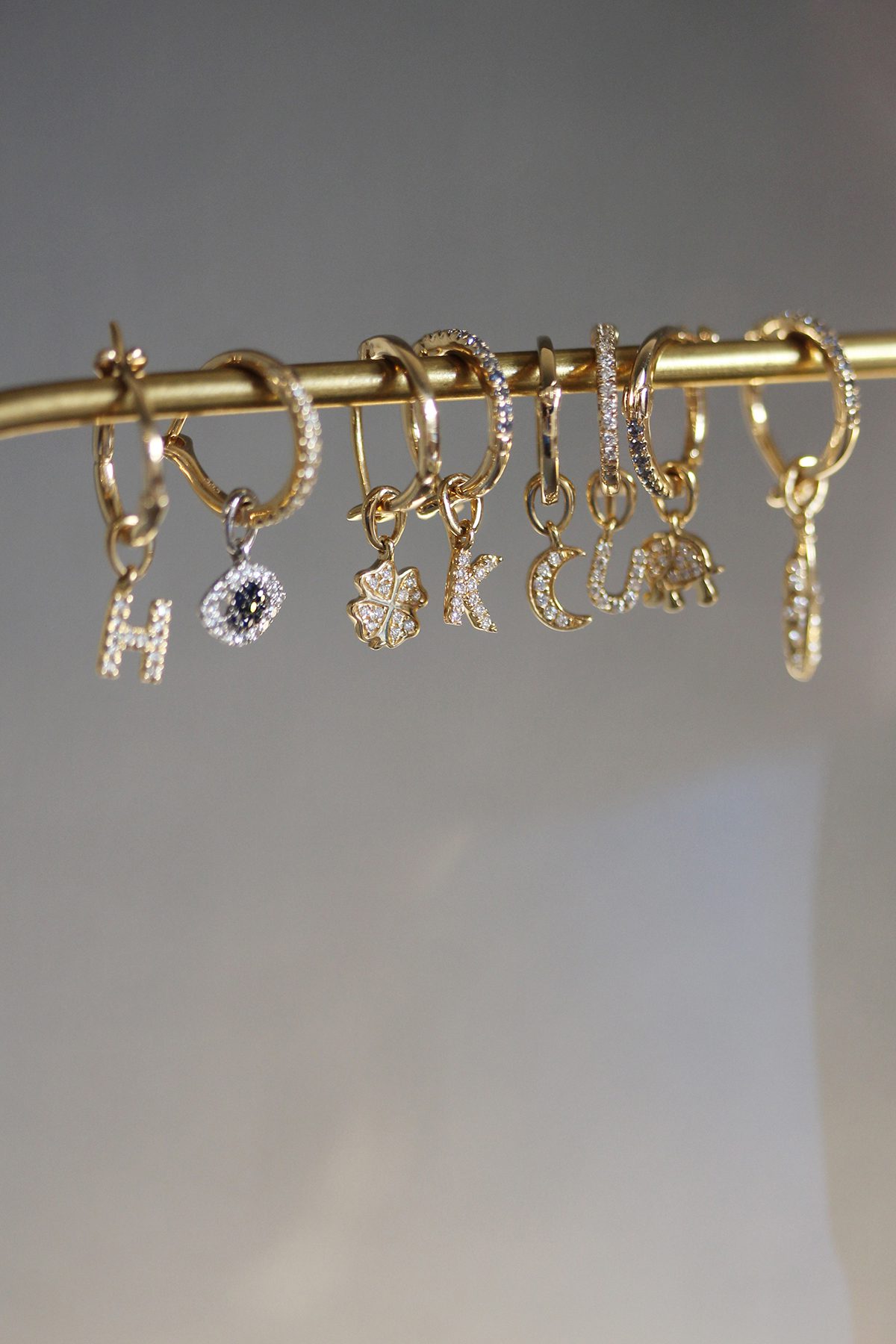
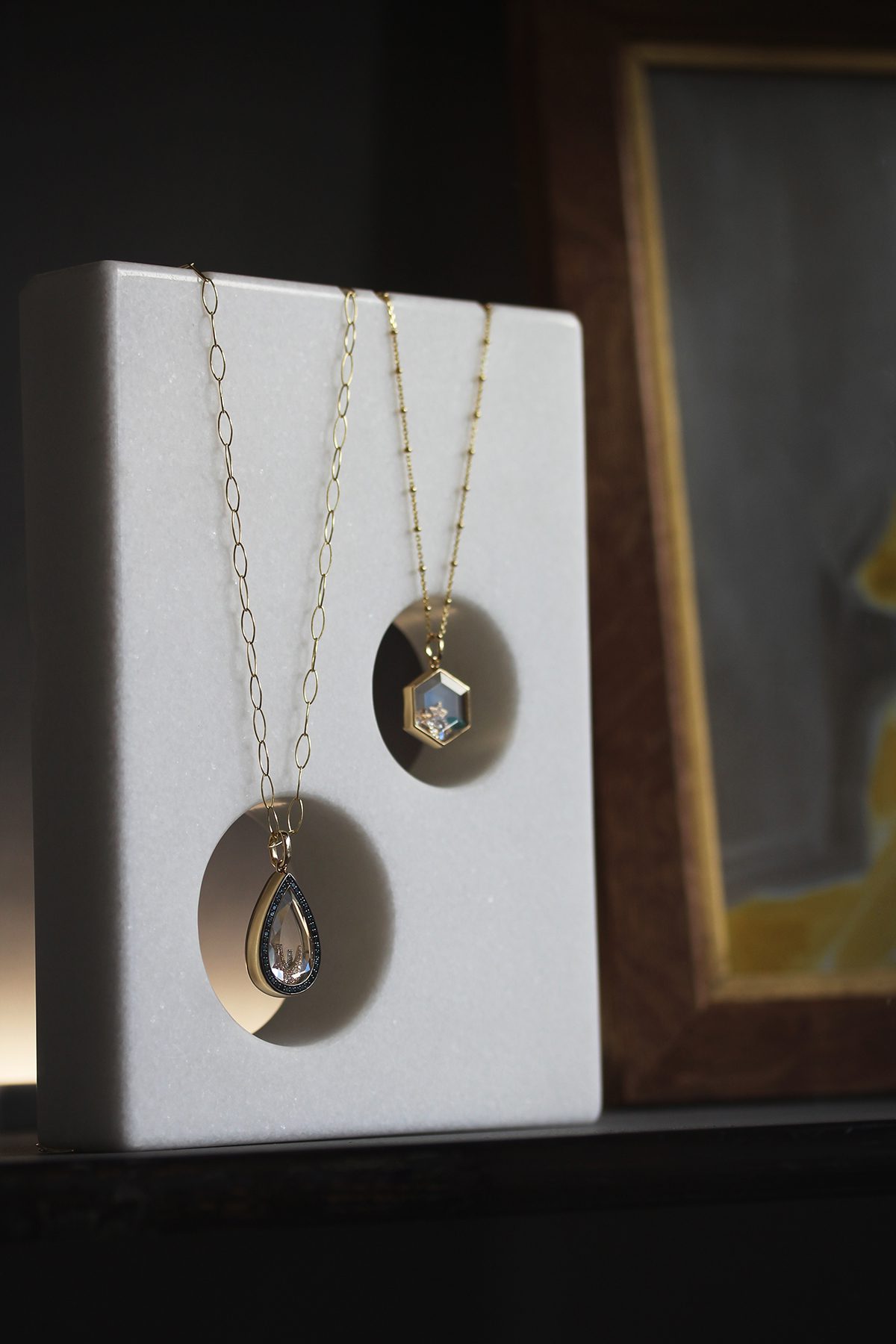
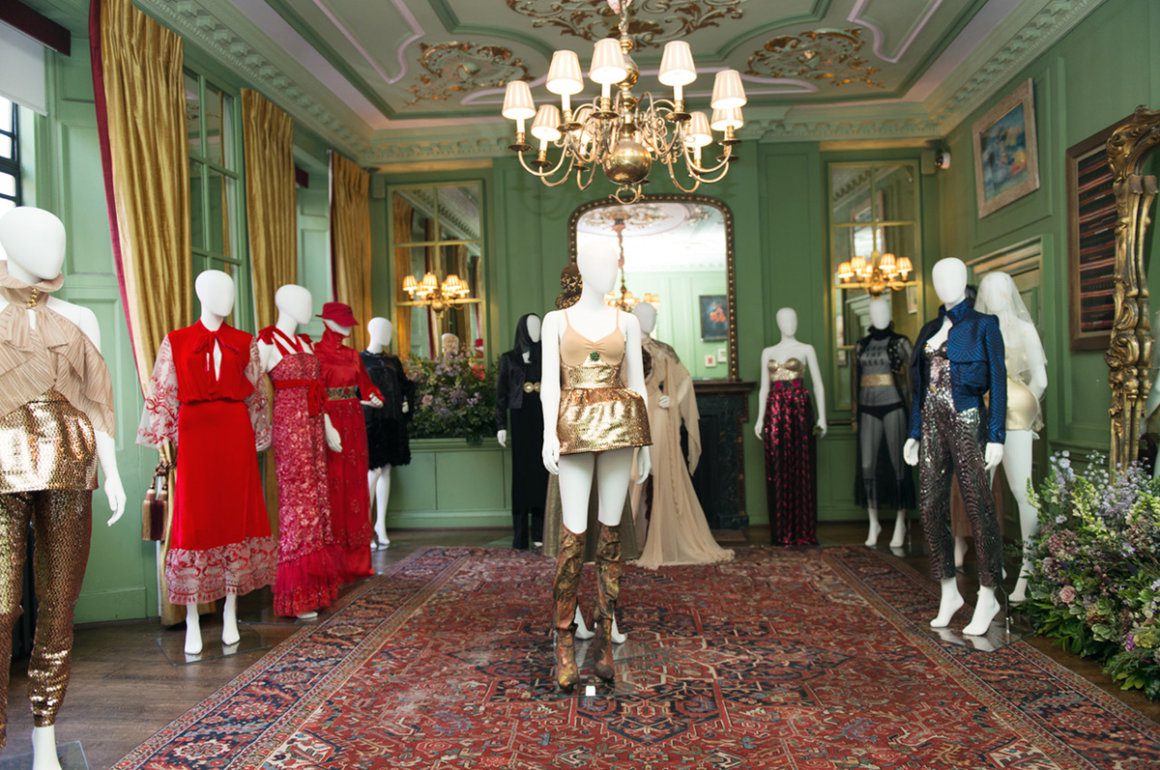
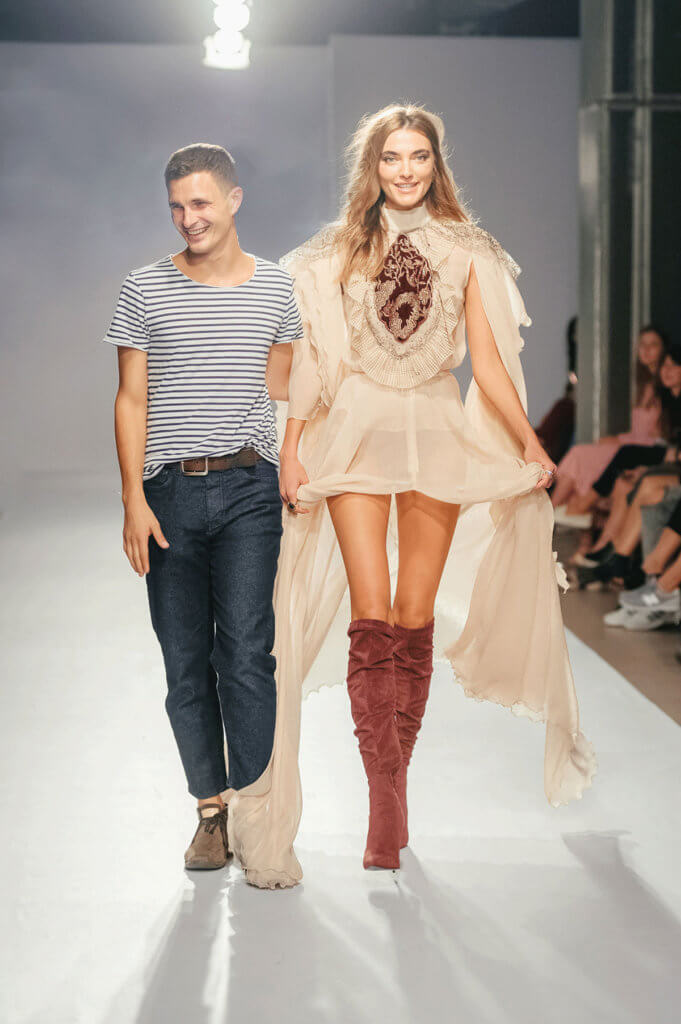
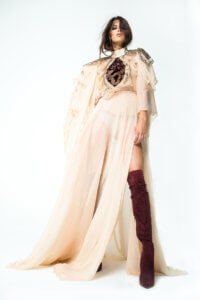
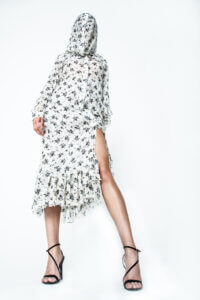
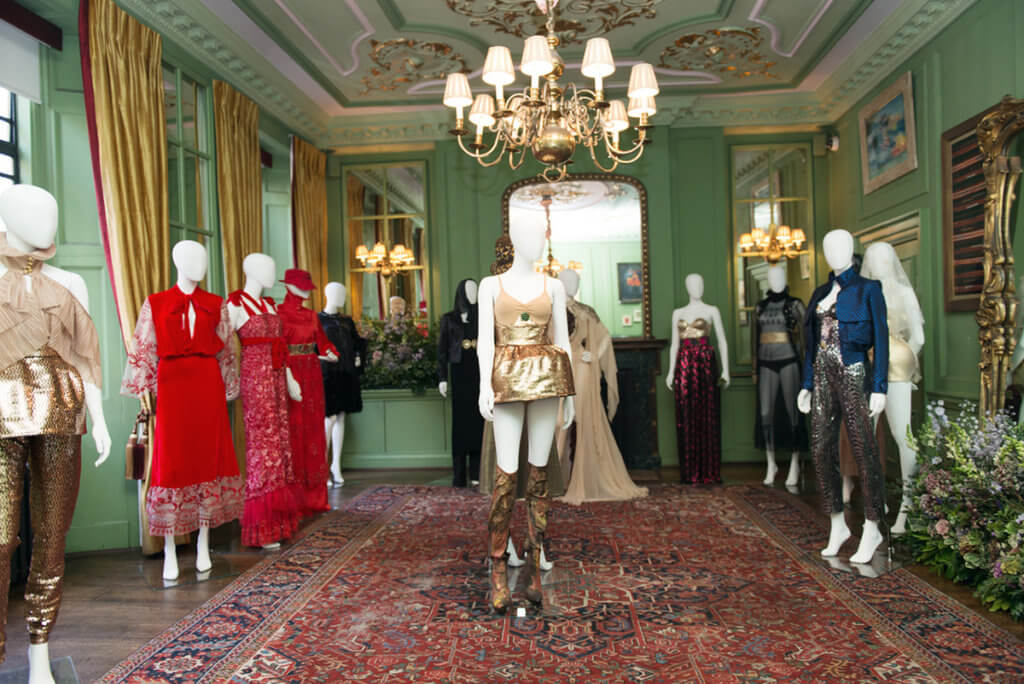
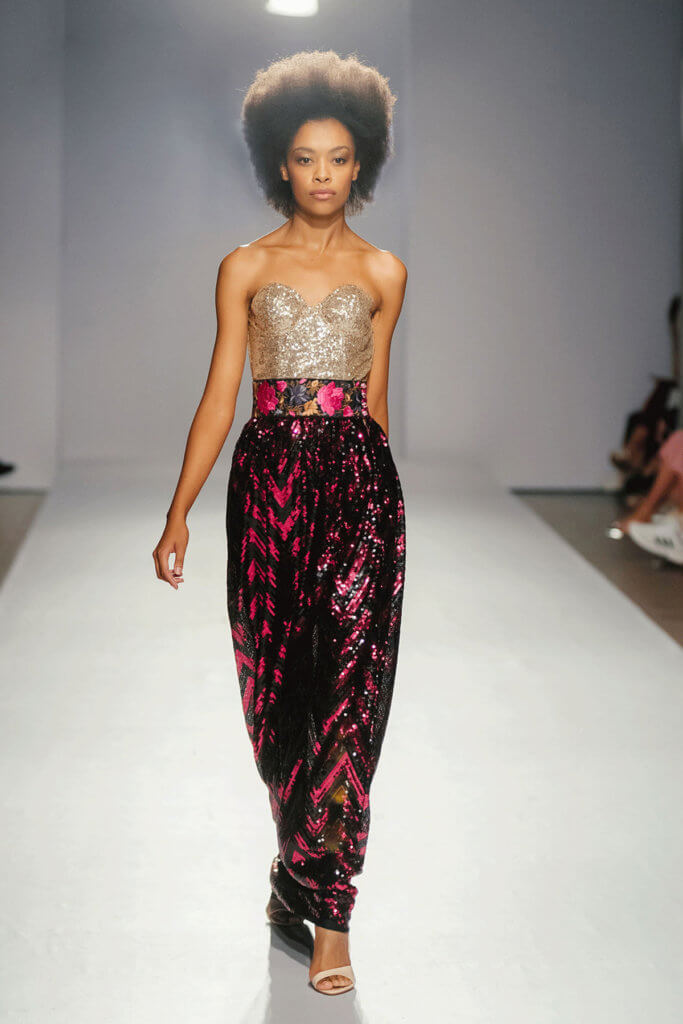





Recent Comments